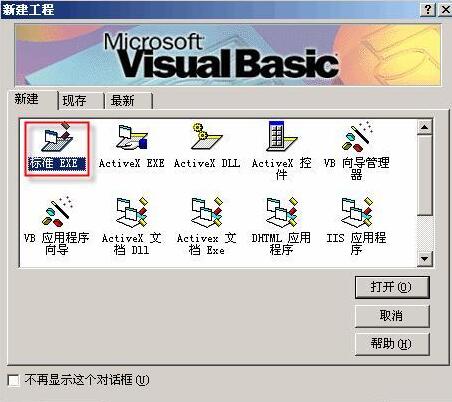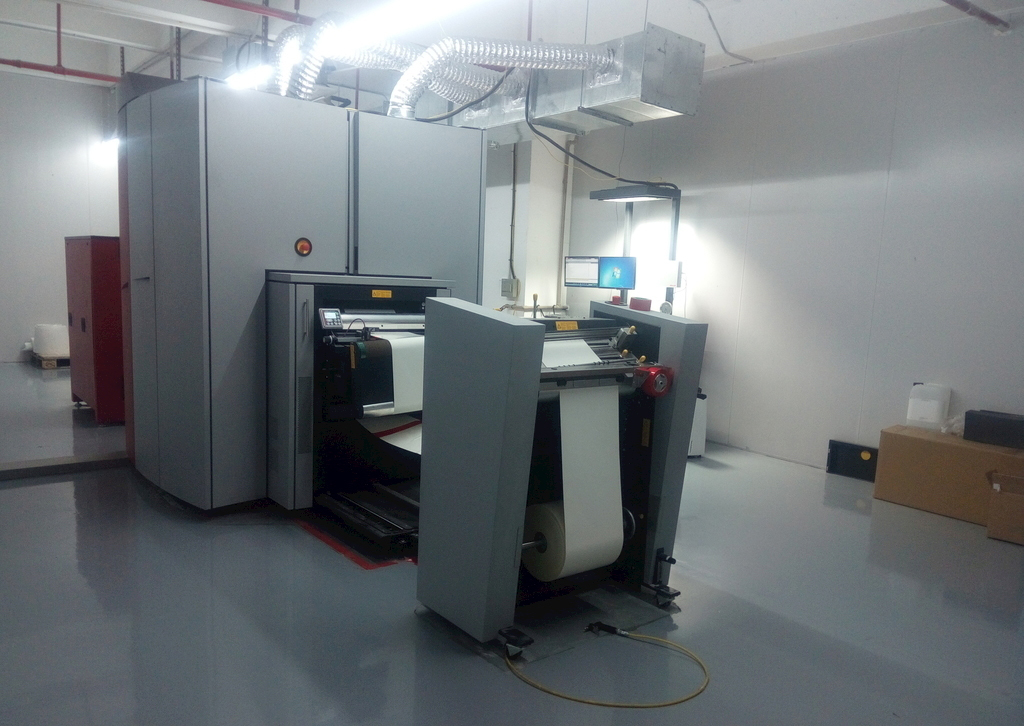Visual Basic (VB) is a general object-based programming language developed by Microsoft Corporation. It is a structured, modular, object-oriented visual programming language that includes an event-driven mechanism to assist the development environment. It is a language that can be used for the development of Microsoft's own products.
"Visual" refers to the way to develop a graphical user interface (GUI) - there is no need to write a lot of code to describe the appearance and location of the interface elements, just add a pre-built object to a point on the screen. "Basic" refers to the BASIC (Beginners All-Purpose Symbolic Instruction Code) language, which is one of the most widely used languages ​​in the history of computing technology.
Visual Basic is derived from the BASIC programming language. VB has a graphical user interface (GUI) and a rapid application development (RAD) system that can easily connect to databases using DAO, RDO, ADO, or easily create Active X controls for efficient generation of type-safe and object-oriented applications. . Programmers can easily build an application quickly using the components provided by VB.

The central idea of ​​VB is to make it easy for programmers to use, whether it is a novice or an expert. VB uses a GUI system that can easily build applications, but can develop fairly complex programs. VB's program is a union of form-based visual component arrangements, and adds code to specify the properties and methods of the component. Because the default properties and methods are already partially defined within the component, the programmer can complete a simple program without writing much code. The performance issues of VB programs in the past versions have been placed on the desktop, but as the speed of computers has increased rapidly, there has been less debate about performance.
The addition and change of form controls can be implemented using drag and drop techniques. A toolbox that is full of controls is used to display available controls (such as text boxes or buttons). Each control has its own properties and events. The default property values ​​are provided when the control is created, but the programmer can also make changes. A lot of attribute values ​​can be changed at runtime with the user's actions and modifications, thus forming a dynamic program. For example: the size change event of the form adds code that can change the position of the control. When the user changes the window size at runtime, the control will change position. By adding the corresponding code to the text change event in the text box, the program can automatically translate or block the input of certain characters when the text is entered.
A VB program can contain one or more forms, or a main form and multiple subforms, similar to the operating system. Dialog windows with few features (such as forms without maximizing and minimizing buttons) can be used to provide pop-ups.
The components of VB can have either a user interface or none. This way the server-side program can handle the added modules.
VB uses a method of parameter calculation for garbage collection. This method contains a large number of objects and provides basic object-oriented support. Because more and more components appear, programmers can choose the extension library they need. Unlike some languages, VB is not case sensitive, but automatically converts keywords to standard case and forces the variable names of entities that cause the entry of the symbol table to follow the writing rules. By default, string comparisons are case sensitive, but this feature can be turned off.
VB makes a large number of external controls have their own living space. A large number of third-party controls are available for VB. VB also provides a way to build, use, and reuse these controls, but creating a different one from one application is not straightforward due to language issues.

1, powerful, comparable to Windows professional development tools;
2. VB is always the most efficient development tool with the lowest efficiency and lowest development cost;
3, easy to learn, high efficiency; using a wide range of application programming interface (API) functions inside Windows, using dynamic link library (DLL), object linking and embedding (OLE), open data connection (ODBC) and other technologies, can be efficient Quickly develop powerful applications with rich graphical interfaces in the Windows environment.

The Visual Basic language has three obvious shortcomings, such as not supporting inheritance, no native support for multithreading, and imperfect exception handling, which makes it limited (all of these shortcomings have been improved in vb.net).
1, does not support inheritance
Both VB 5.0 and VB 6.0 are object-based programming languages, but do not include inheritance features. The special class functionality is provided in VB, but it still does not meet the needs of programmers.
2, no native support for multi-threading
Visual Basic has no native support for multithreading and can only be implemented through calls to the Windows API, and is extremely unstable. Because the runtime library is not automatically initialized in the thread created by the API, some of the functions are not available. In general, in the early VB development environment such as VB6, the purpose of creating threads using the API is to complete a large amount of data or logic calculations that easily cause the program to die.
3, the exception handling is not perfect
Exception handling is built into Visual Basic. Even if the exception handling code is not written, once the user makes a mistake, a dialog box for explicitly writing the error will pop up, and then the program will terminate.
You can use Err.Raise to throw an exception in Visual Basic. There are two common modes for handling exceptions thrown by the system and users: one is to use On Error Resume Next to handle errors; the other is to use On Error Goto to bring the operation into error handling code. But for languages ​​such as C++, such exception handling breaks the structure of the code.

The printer cable is the cable used to connect the printer and the computer. Generally divided into two types: USB printing cable and parallel port printing cable.
Generally, one side is a USB port to connect to a computer, and the other side is a PIN5 port to connect to a printer. The transmission speed is fast, and it can be hot-swapped. After connecting, the printer driver must be installed to print from the computer normally.
Parallel port print line:
Refers to the printing line that uses parallel transmission to transmit data. Because this interface is easily damaged and the transmission speed is slow, it is basically replaced by the USB interface.
Serial print line:
The serial port, also known as the serial communication interface (usually referred to as the COM interface), is an extended interface using serial communication.
A printer is one of the output devices of a computer and is used to print the results of computer processing on related media. There are three indicators to measure the quality of a printer: print resolution, print speed and noise. There are many types of printers. According to whether the printing element has a hitting action on the paper, it is divided into impact printers and non-impact printers. According to the structure of printing characters, it is divided into full-shaped character printers and dot-matrix character printers. According to the way a line of words is formed on paper, there are serial printers and line printers. According to the technology used, it is divided into cylindrical, spherical, inkjet, thermal, laser, electrostatic, magnetic, light-emitting diode and other printers.
In general, the wiring harness industry is a good industry, because Wire harnesses are widely used in many fields, whether it is industrial, medical, military, communications/automotive, or computers, machines, etc. The benefits of the company are very general. How to position, what kind of wiring harness to make, and how to provide services with the whole machine, all test the ability of the factory. For this reason, Suzhou Kable-X has formulated a set of implementation methods for fast delivery and good after-sales service.
In addition to Printer Wiring Harness, and Elevator Unit Wire Harness, we also provide Medical Power Wire Harness and Vehicle Cable Assembly for these companies.

Printer Wiring Harness,3D Printer Wiring Harness,Printer Cable,Usb Cord For Printer
Kable-X Technology (Suzhou) Co., Ltd , https://www.kable-x-tech.com